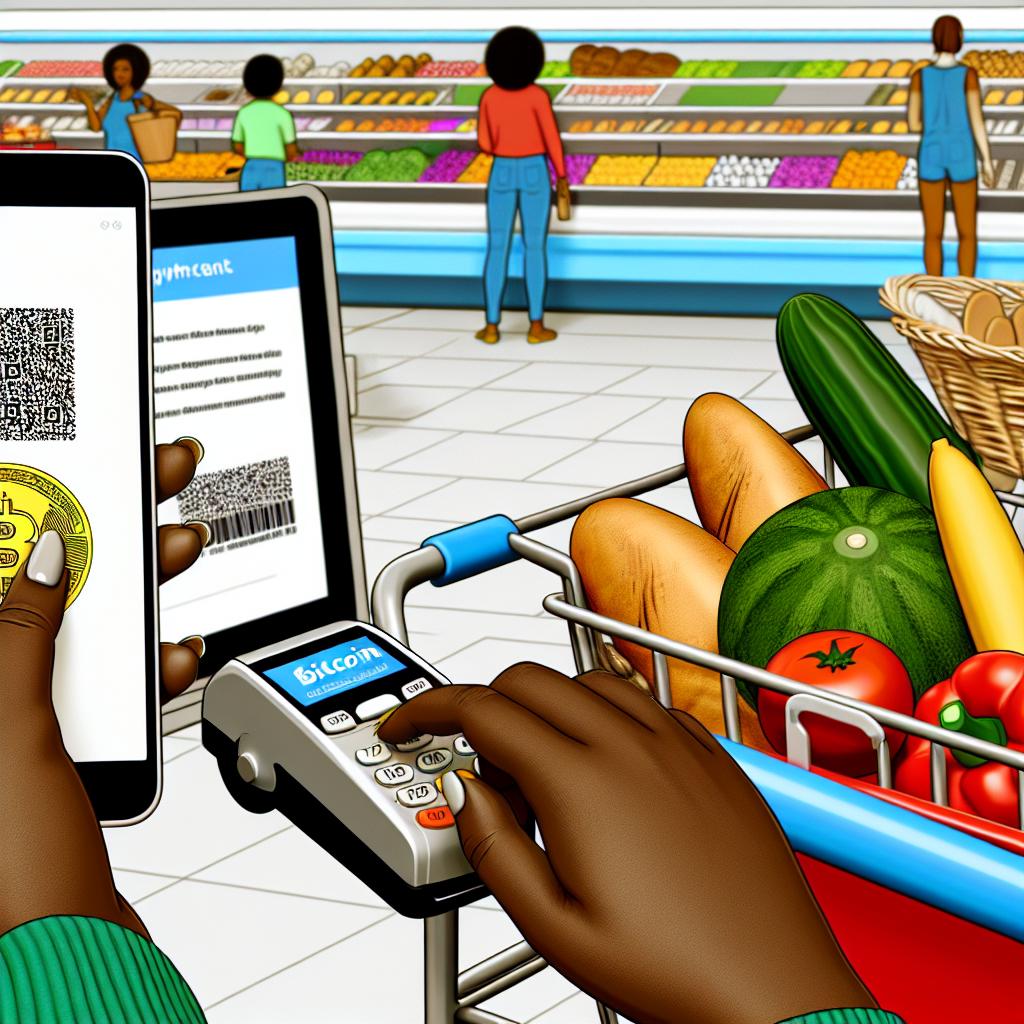Understanding the Basics of Paying Bills with Cryptocurrency
Cryptocurrency offers a new and innovative way to manage finances, including the ability to pay bills. Although not as widely accepted as traditional currency, an increasing number of service providers are beginning to embrace this digital payment method. Before diving into the specifics of using cryptocurrency for bill payments, it’s essential to have a fundamental understanding of what cryptocurrency is and how it operates.
What Is Cryptocurrency?
Cryptocurrency is a digital or virtual currency that employs cryptography for security. Unlike traditional currencies issued by governments, cryptocurrencies operate on decentralized platforms using blockchain technology. This system ensures that all transactions are recorded transparently and are accessible to anyone using the network. Popular cryptocurrencies include Bitcoin, Ethereum, and Litecoin, each offering unique features and uses.
Setting Up a Cryptocurrency Wallet
The first step in using cryptocurrency to pay bills is setting up a cryptocurrency wallet. A wallet serves as a digital bank account where you can store, send, and receive cryptocurrency. There are multiple wallet types available to suit different needs, each offering varying levels of security and convenience.
Hardware Wallets
Hardware wallets are physical devices, often resembling USB drives, that store your cryptocurrency offline. By keeping your currency offline, these wallets provide robust protection against online threats, such as hacking and malware. They are ideal for users who prioritize the highest levels of security over the convenience of access.
Software Wallets
Software wallets are applications that you can install on your computer or smartphone. While these wallets offer greater convenience by allowing easy access to your cryptocurrency, they may be more susceptible to malware and hacking threats. Regular software updates and using strong security practices can help mitigate these risks.
Mobile Wallets
Mobile wallets allow users to store and manage their cryptocurrency on their mobile devices. These wallets offer enhanced portability and ease of use, making them particularly valuable for day-to-day transactions. For added security, many mobile wallets offer features such as biometric login and transaction alerts.
Finding Providers that Accept Cryptocurrency
To pay bills with cryptocurrency, the next step is to find service providers that accept it as a payment method. This process may vary depending on your geographical location and the particular services you are looking to pay for, such as utilities, telecommunications, or entertainment subscriptions.
Using Cryptocurrency Payment Platforms
Several platforms exist to facilitate the use of cryptocurrency for bill payments. These platforms often convert cryptocurrency into fiat currency to execute the payment, charging a small fee for their service. Some well-known options include:
BitPay: BitPay is a payment service that provides users with the ability to pay a diverse range of bills using cryptocurrency. It offers a user-friendly interface and a straightforward process to convert and send payments.
CoinGate: CoinGate acts as a gateway for merchant payments in cryptocurrency and also specializes in bill payment solutions. They support various cryptocurrencies and allow seamless transactions for both individuals and businesses.
Direct Payments to Service Providers
A growing number of service providers now accept direct payments in cryptocurrency. This trend is more prevalent in sectors characterized by international operations or a tech-savvy consumer base. It’s essential to verify with the service provider if they accept cryptocurrency payments and to understand their terms and conditions for such transactions.
Steps to Pay Bills with Cryptocurrency
Once you have identified a service provider or platform that accepts cryptocurrency for bill payments, you can follow these steps to complete a transaction:
1. **Ensure** you have a sufficient cryptocurrency balance in your wallet to cover the bill.
2. **Initiate** the transaction through your wallet or the chosen cryptocurrency payment platform.
3. **Confirm** the transaction details, making sure the amount and recipient wallet address are correct.
4. **Authorize** the payment. Keep in mind the transaction fees and conversion rates, as they will affect the total cost of the payment.
5. **Verify** with the service provider that they have received the payment, ensuring confirmation of the transaction.
Considerations and Precautions
While there are benefits to using cryptocurrency for bill payments, such as increased privacy and independence from traditional banking systems, there are potential risks to consider. Being mindful of transaction fees is crucial, as they can vary widely depending on the network traffic at the time of the transaction. High fees may reduce the cost-effectiveness of using cryptocurrency for payments.
Additionally, cryptocurrency conversion rates can be quite volatile, leading to fluctuations in value. Monitoring these rates can help you determine the most opportune times to make payments, thereby optimizing your spending. Moreover, always verify the legitimacy of service providers before initiating transactions, and ensure that all payments are securely documented in your wallet or platform account.
By taking these steps and remaining vigilant, you can leverage the growing opportunities to manage bills through cryptocurrency. This modern payment method allows for flexible financial transactions, fitting seamlessly into a digital-first world. Cryptocurrency continues to evolve, and as acceptance increases, the process of using it to manage financial responsibilities will become even more straightforward, potentially paving the way for broader adoption in mainstream financial practices.
This article was last updated on: April 3, 2025





